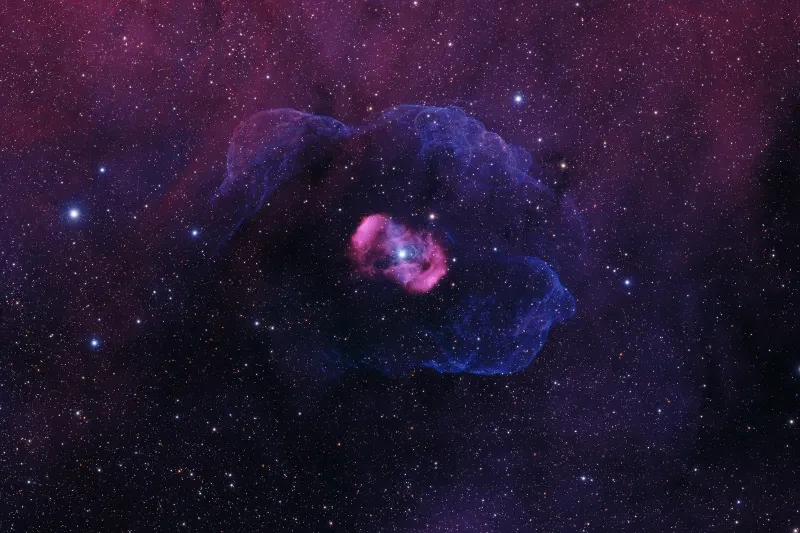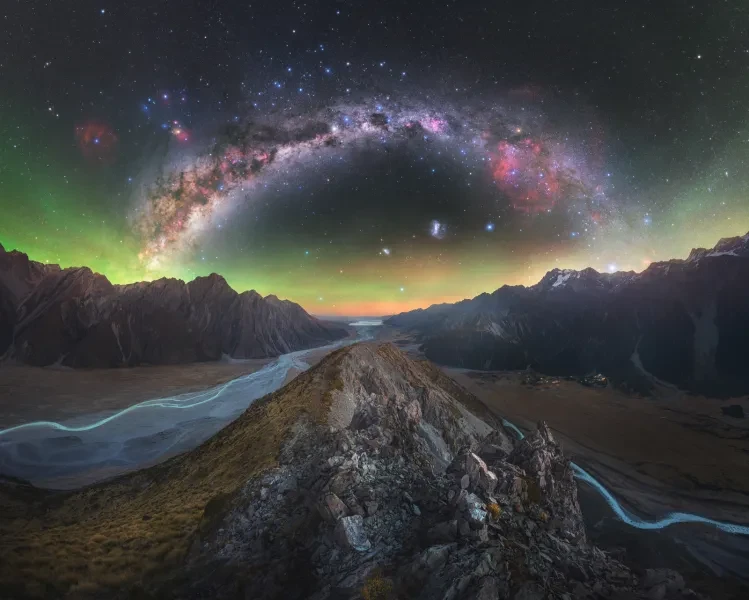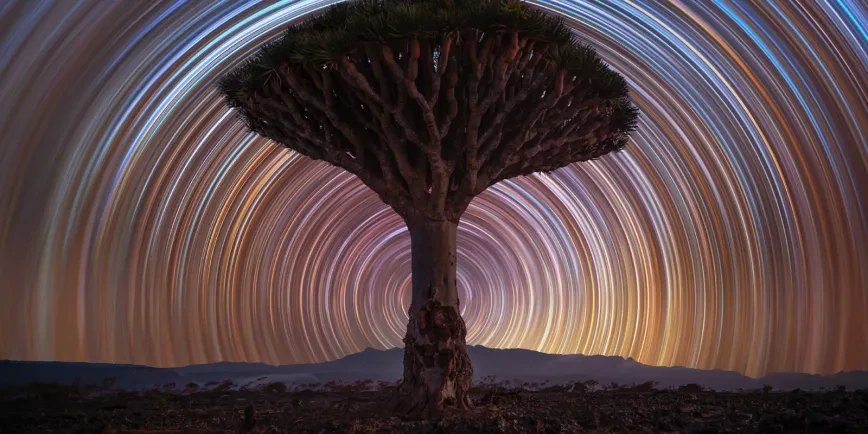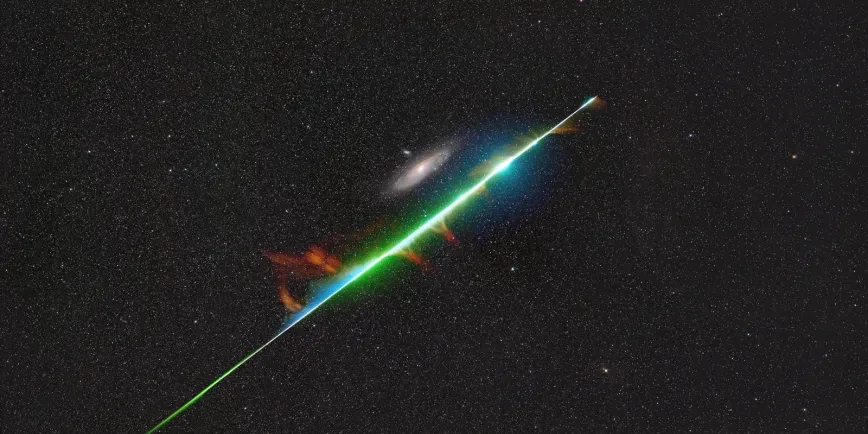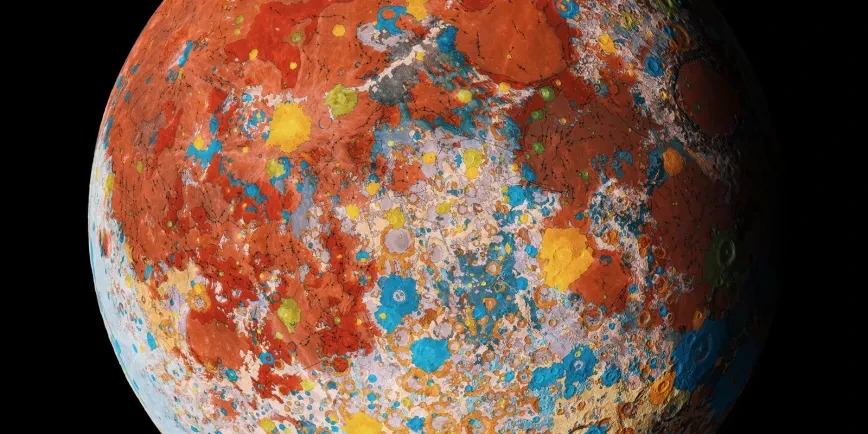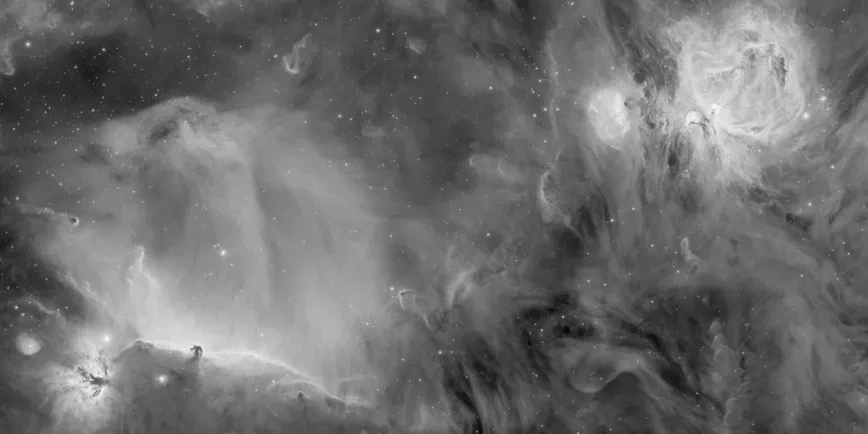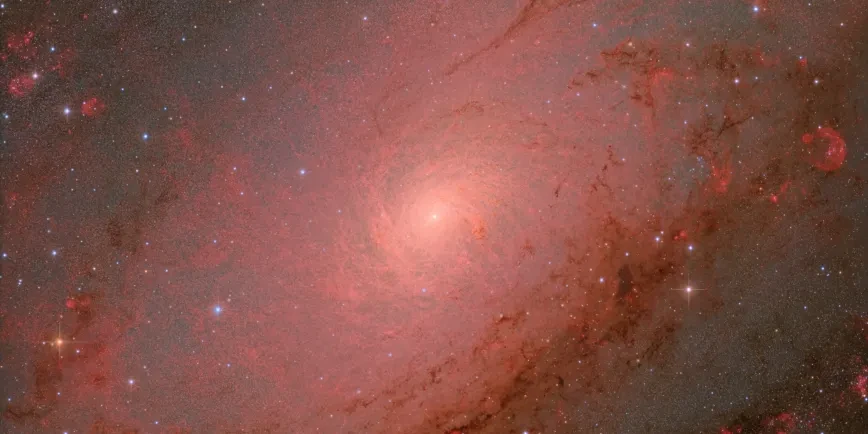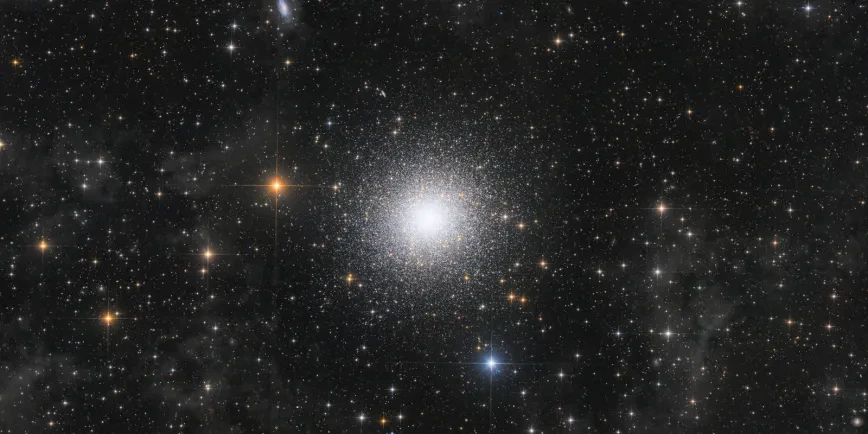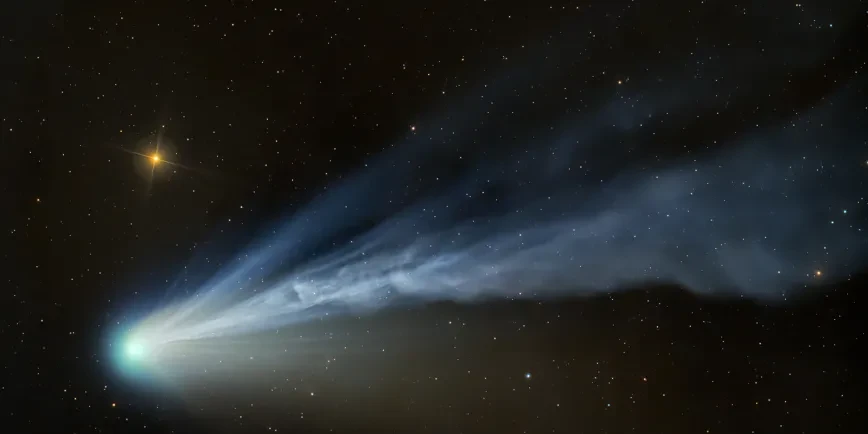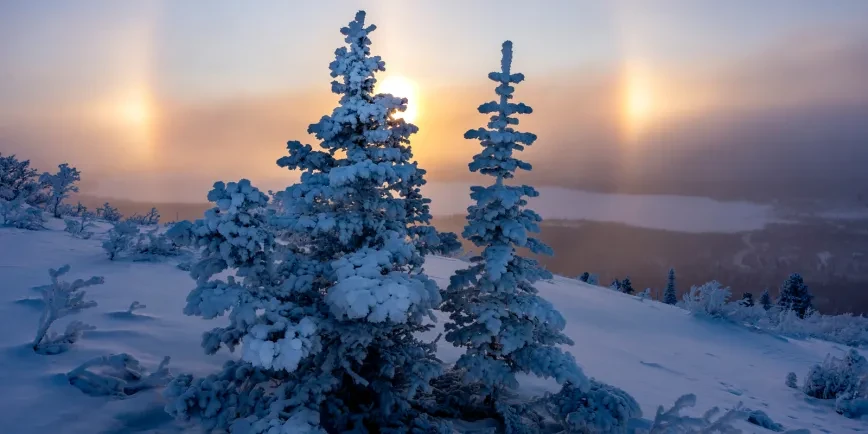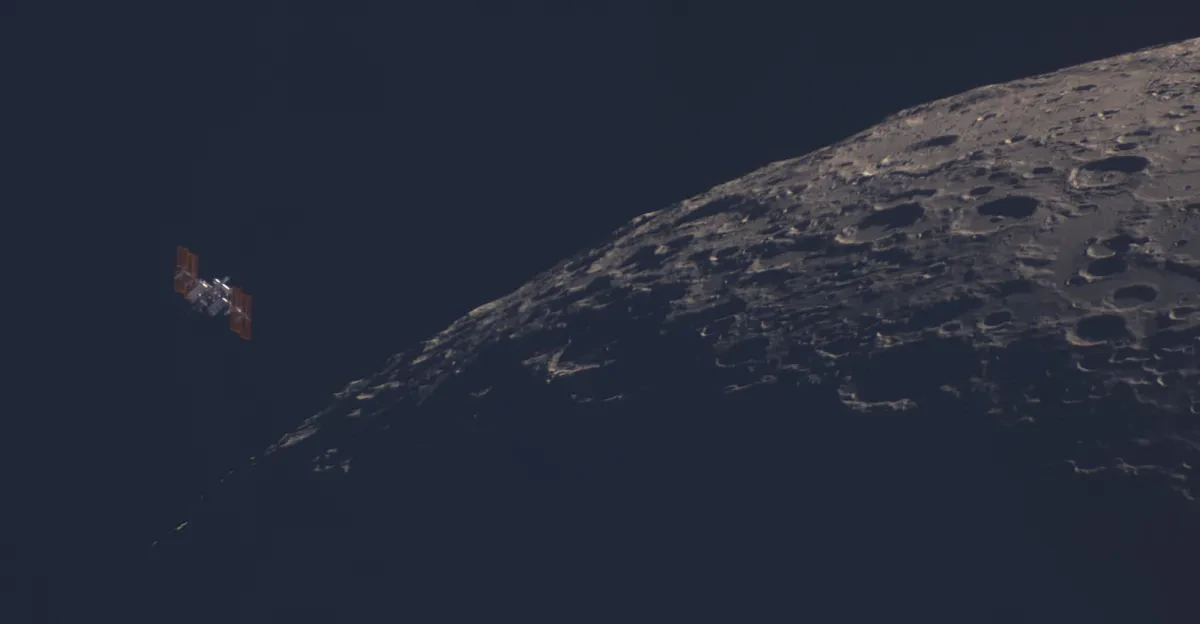
Category winner
ISS Lunar Flyby by Tom Williams
"This image shows the International Space Station (ISS) making a close pass of our Moon," explains Tom.
"The event was predicted to be a transit but ended up being a close flyby. However, I think the result is all the more dramatic, especially given that the station’s solar arrays are backlit by the rising Sun, the orange hue contrasting nicely with the blue sky. Notably, the white radiators can also be seen and are illuminated by earthshine rather than direct sunlight."
Taken in Trowbridge, Wiltshire, England, 27 October 2024
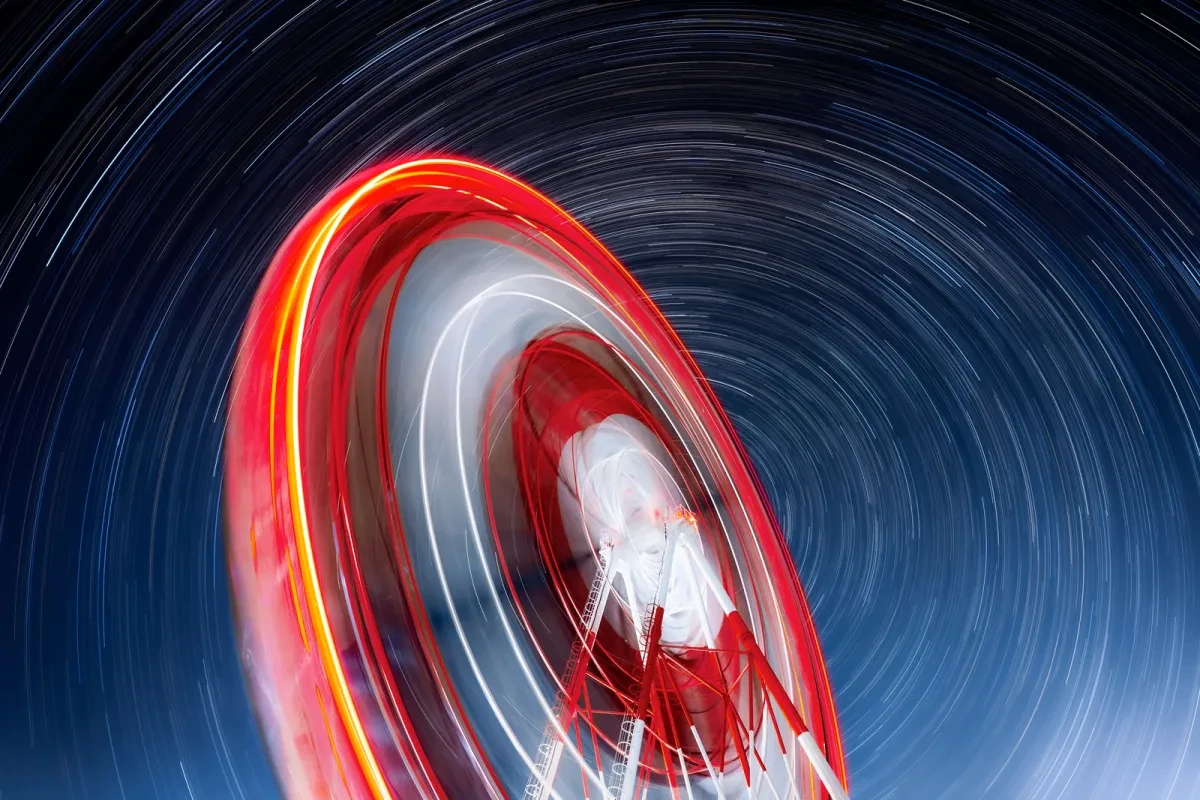
Runner-up
Rotation by Takanobu Kurosaki
"In the northern hemisphere, stars appear to rotate around Polaris, which lies near the north celestial pole. This motion, about 15 degrees per hour from east to west, is caused by Earth’s rotation," says Takanobu.
"Standing 66 m (216 ft) high and with a diameter of 62.5 m (205 ft), the Giant Ferris Wheel at Mirage Land in Uozu only operates at night a few times a year. It takes about 15 minutes for the wheel to make a complete circle."
Taken in Mirage Land, Uozu City, Toyama, Japan, 12 October 2024

Highly commended
Instant and Eternal by Zhang Yanguang
Zhang says, "During a routine time-lapse observation of the solar chromosphere [the thin, reddish layer of the Sun’s atmosphere above the visible surface], I captured a serendipitous moment when an aircraft crossed the field of view. Preserving this transient frame, I employed multiple blending modes to enhance the details of the solar background. Beyond stacking individual video frames, I processed the sequence, undertook colour inversion and synthesised 100 images through combined mean and minimum blending. This dual approach effectively accentuated both bright plages [active regions in the chromosphere] and dark laments through enhanced contrast.
"The composite image reveals the evolution of the Sun’s dynamic surface across a two-hour observational period, while the aircraft’s two-second transit remains frozen in time. This layered imaging rearranges time, blending celestial bodies and human technology in one photo."
Taken in Huli District, Xiamen, Fujian, China, 4 January 2025
See the full shortlist
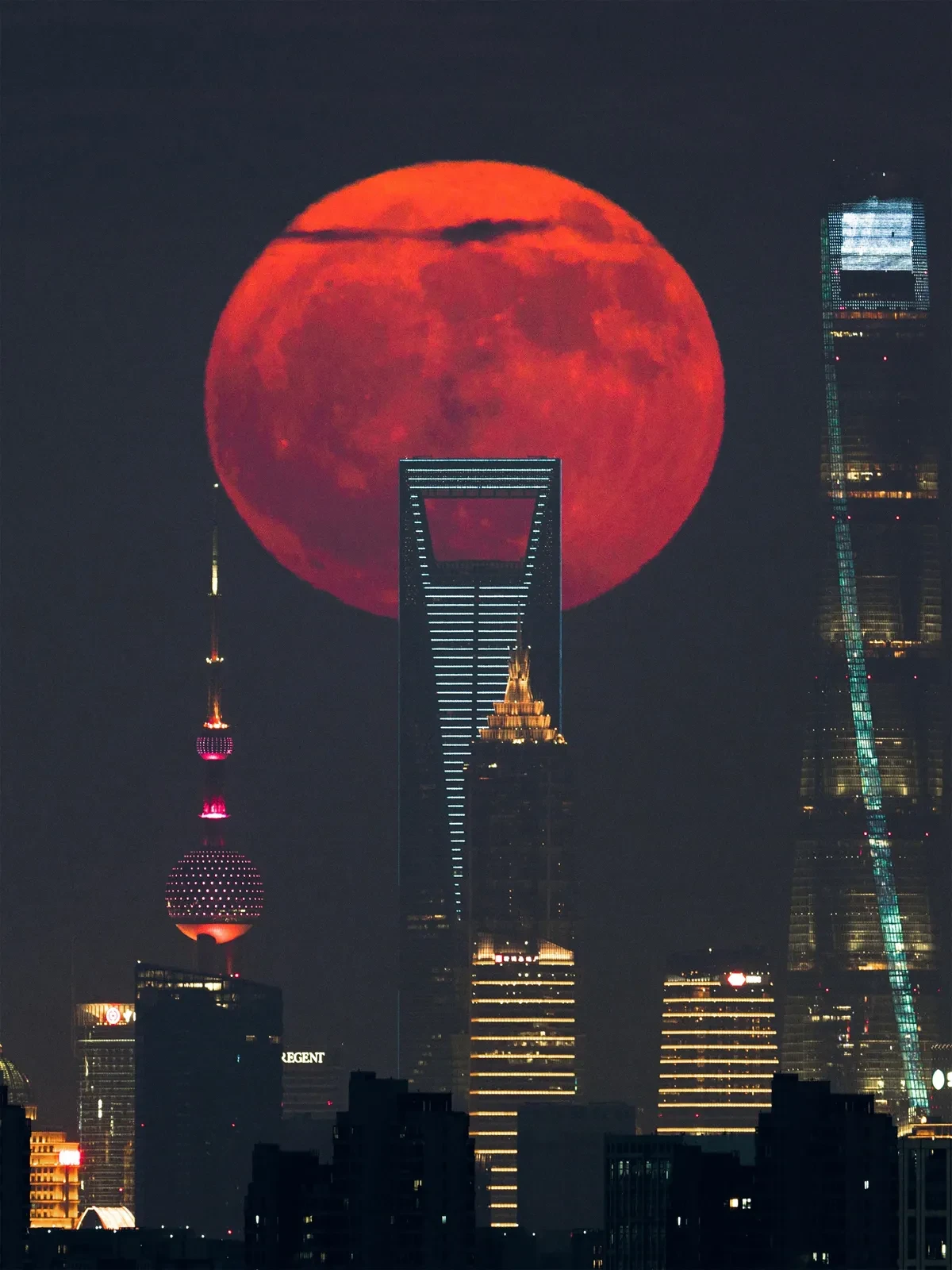
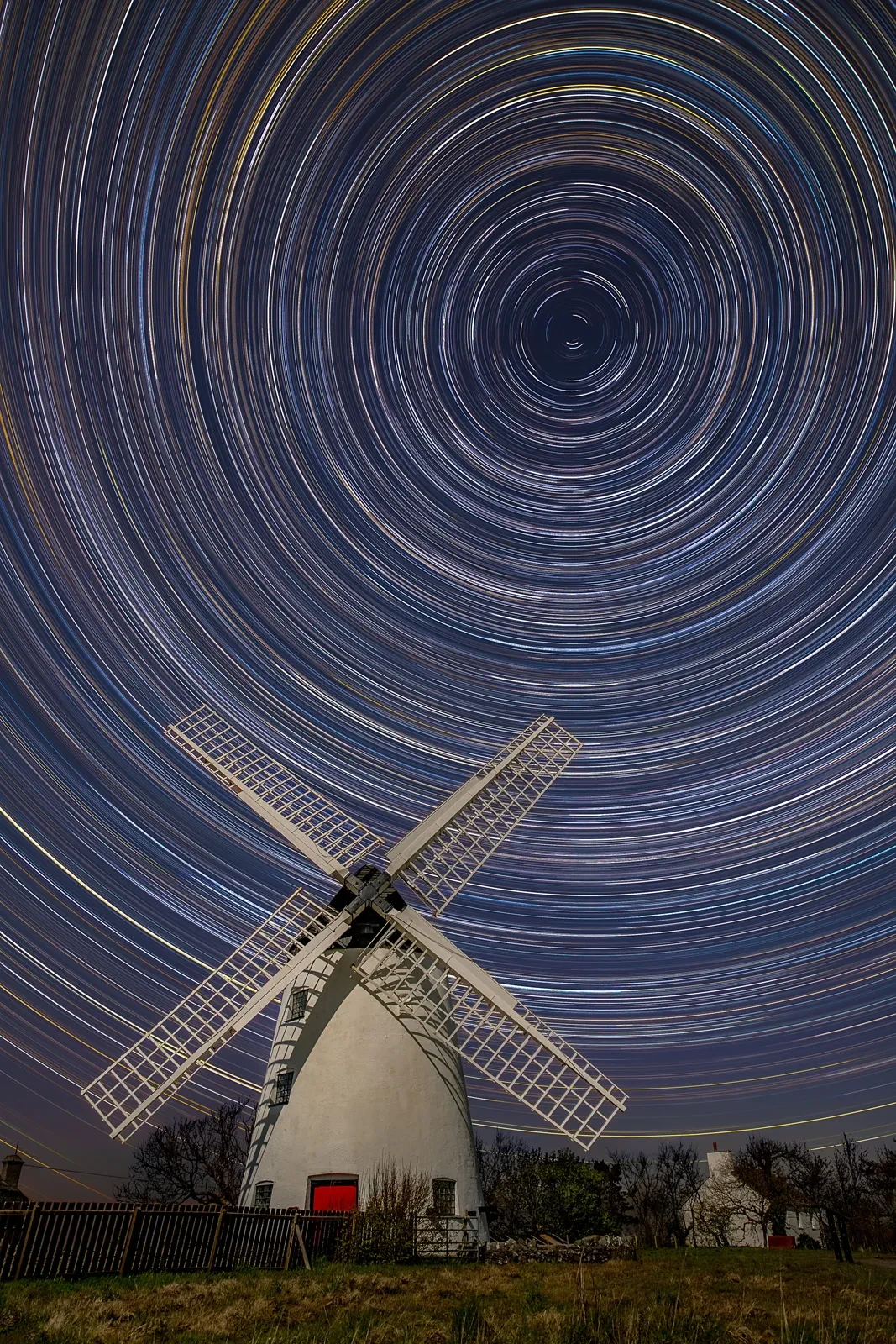
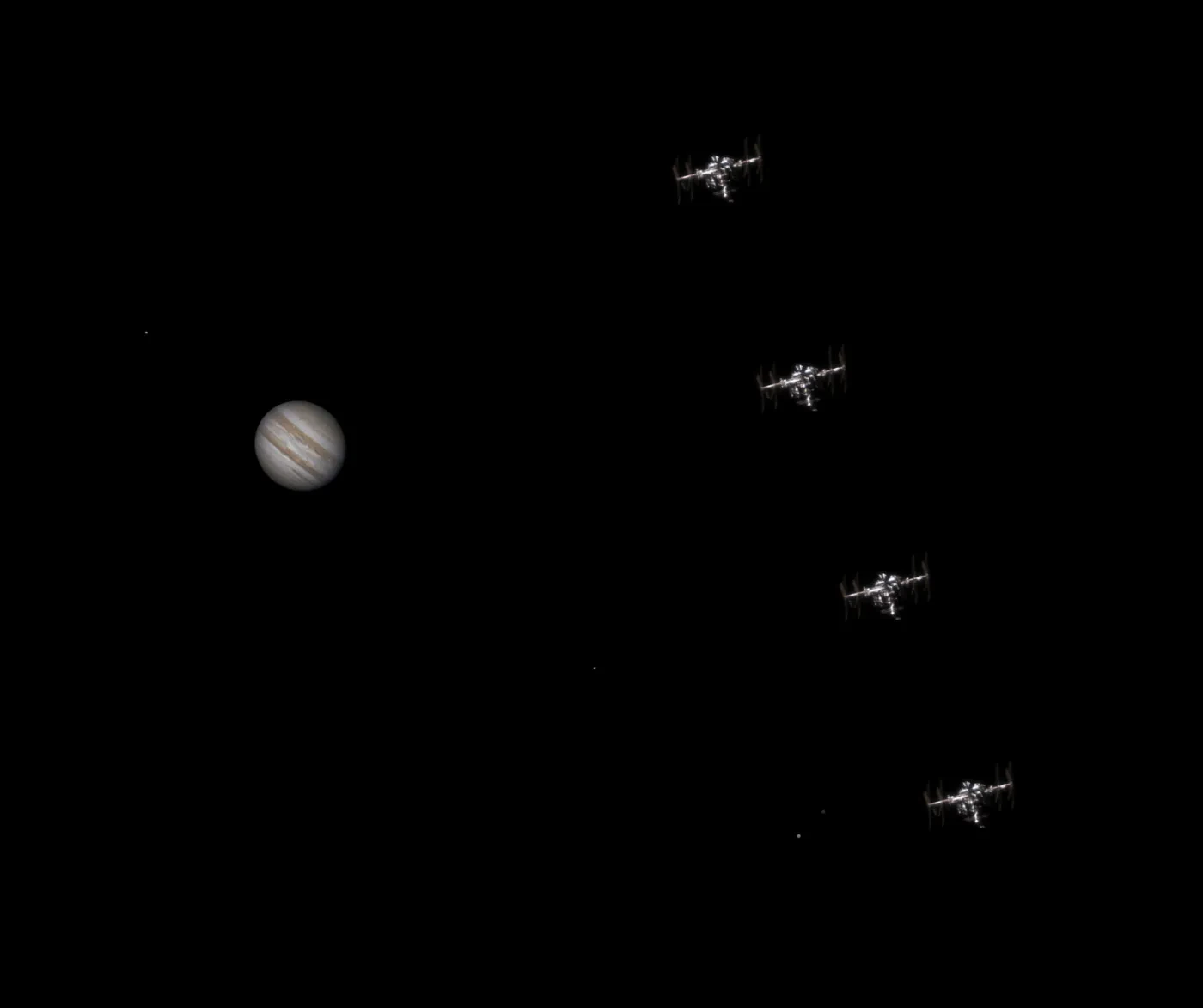
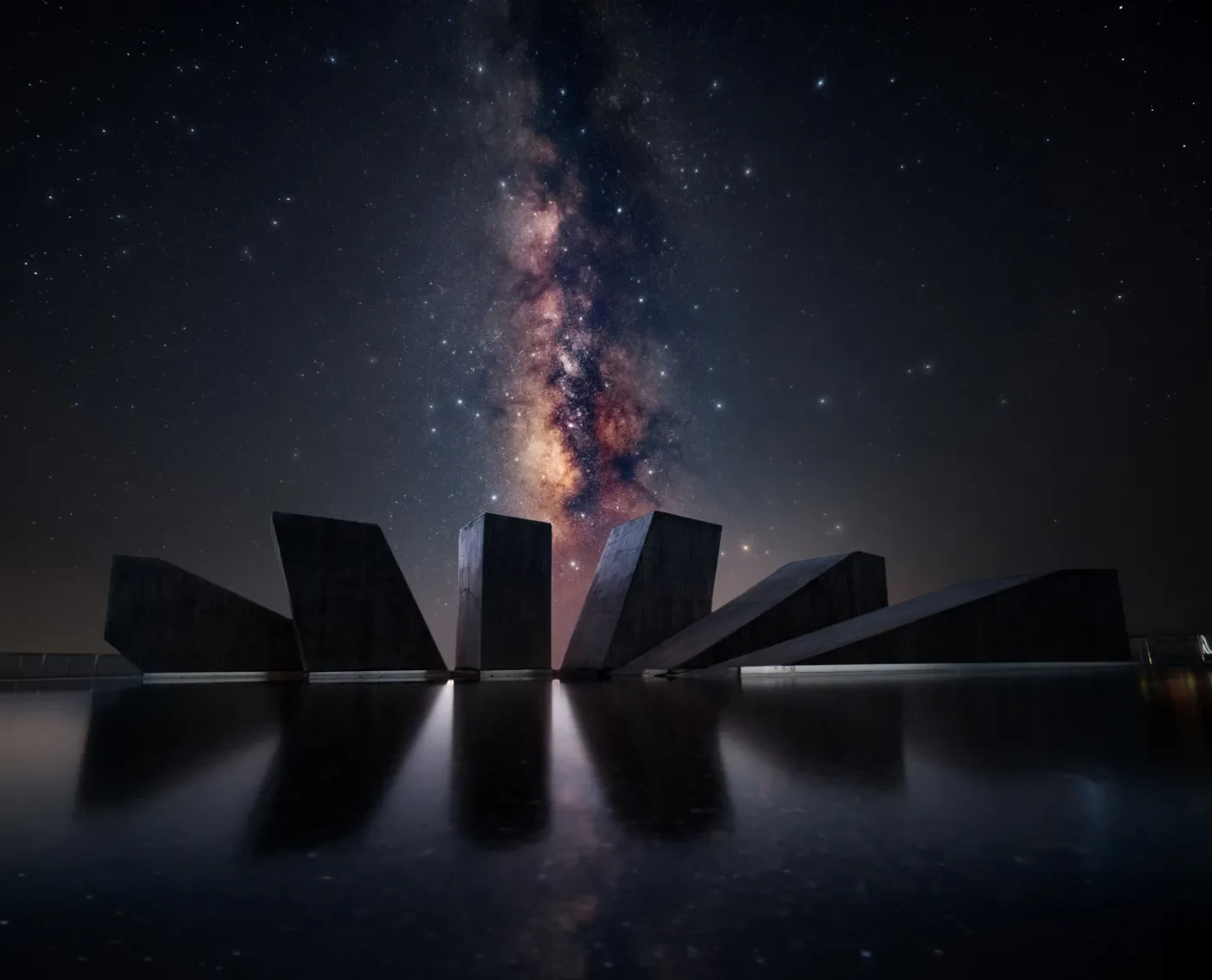
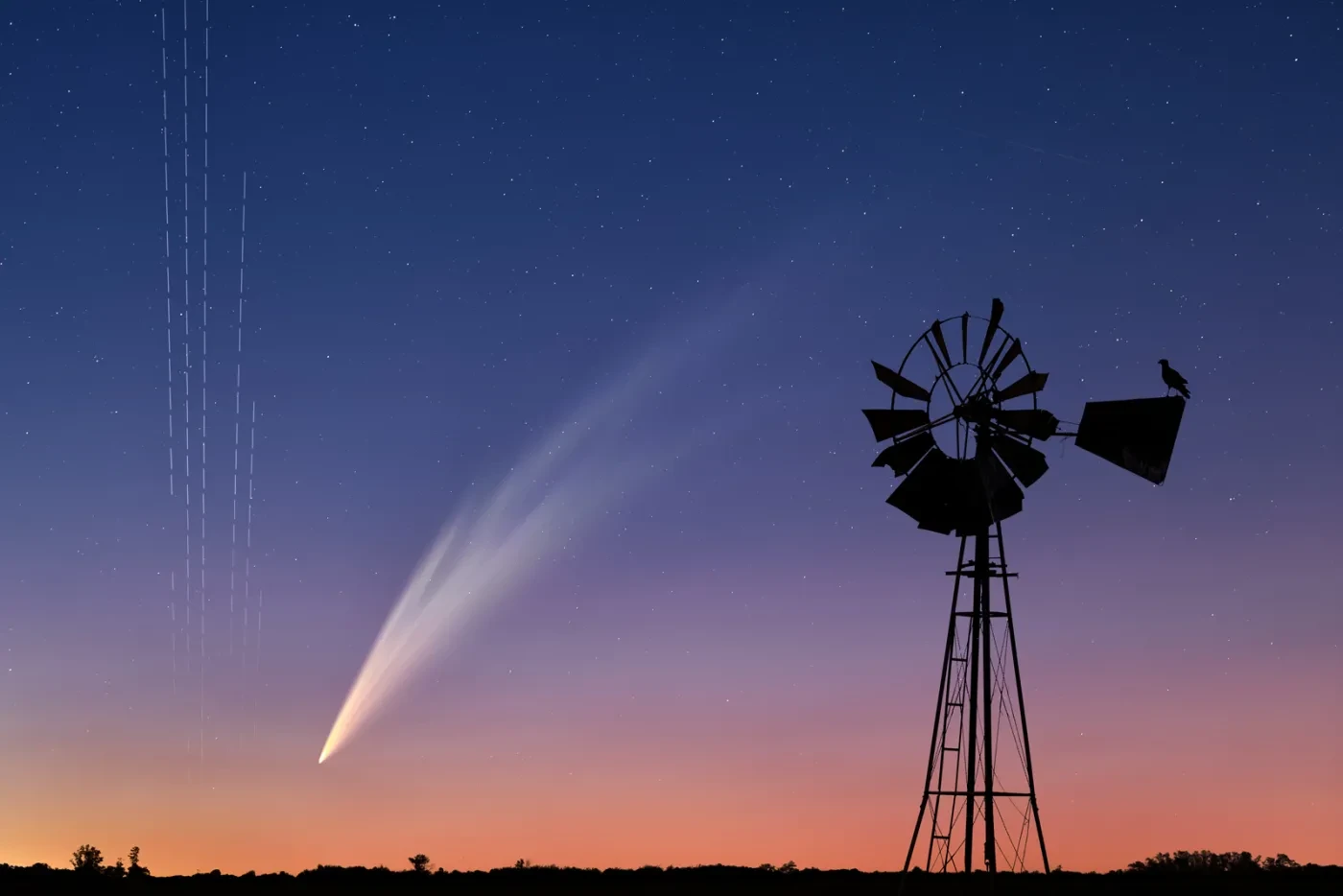
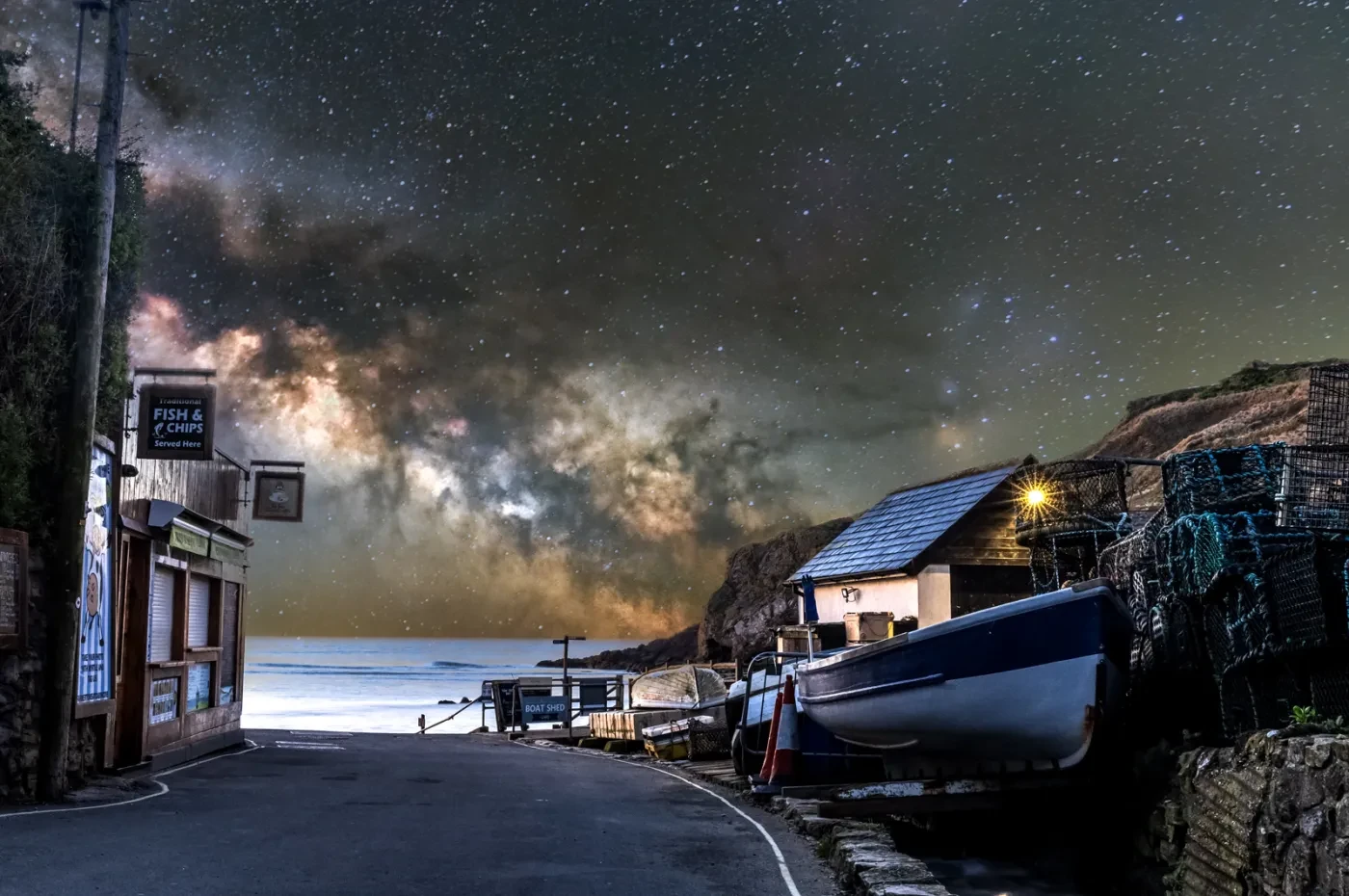
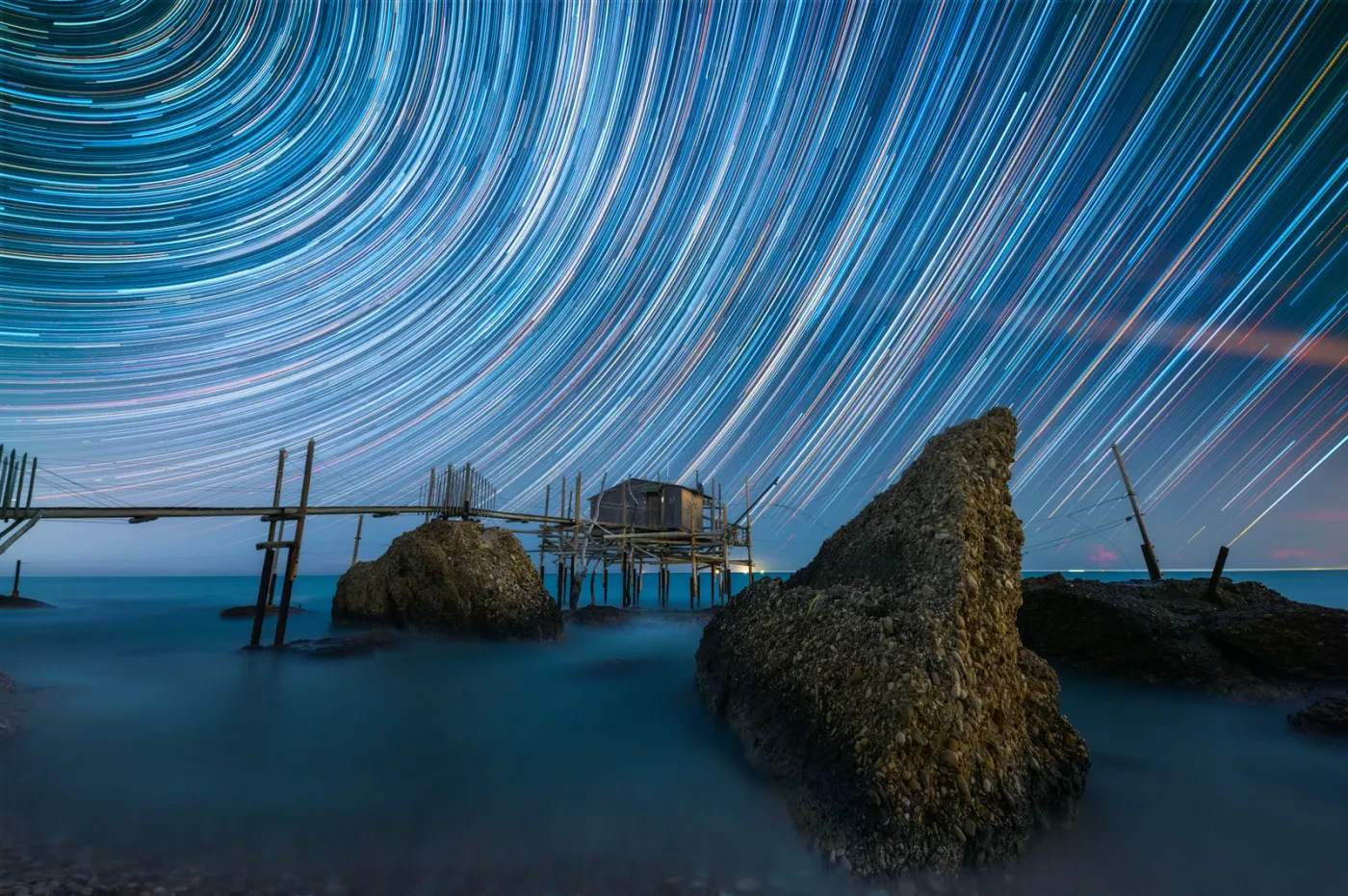
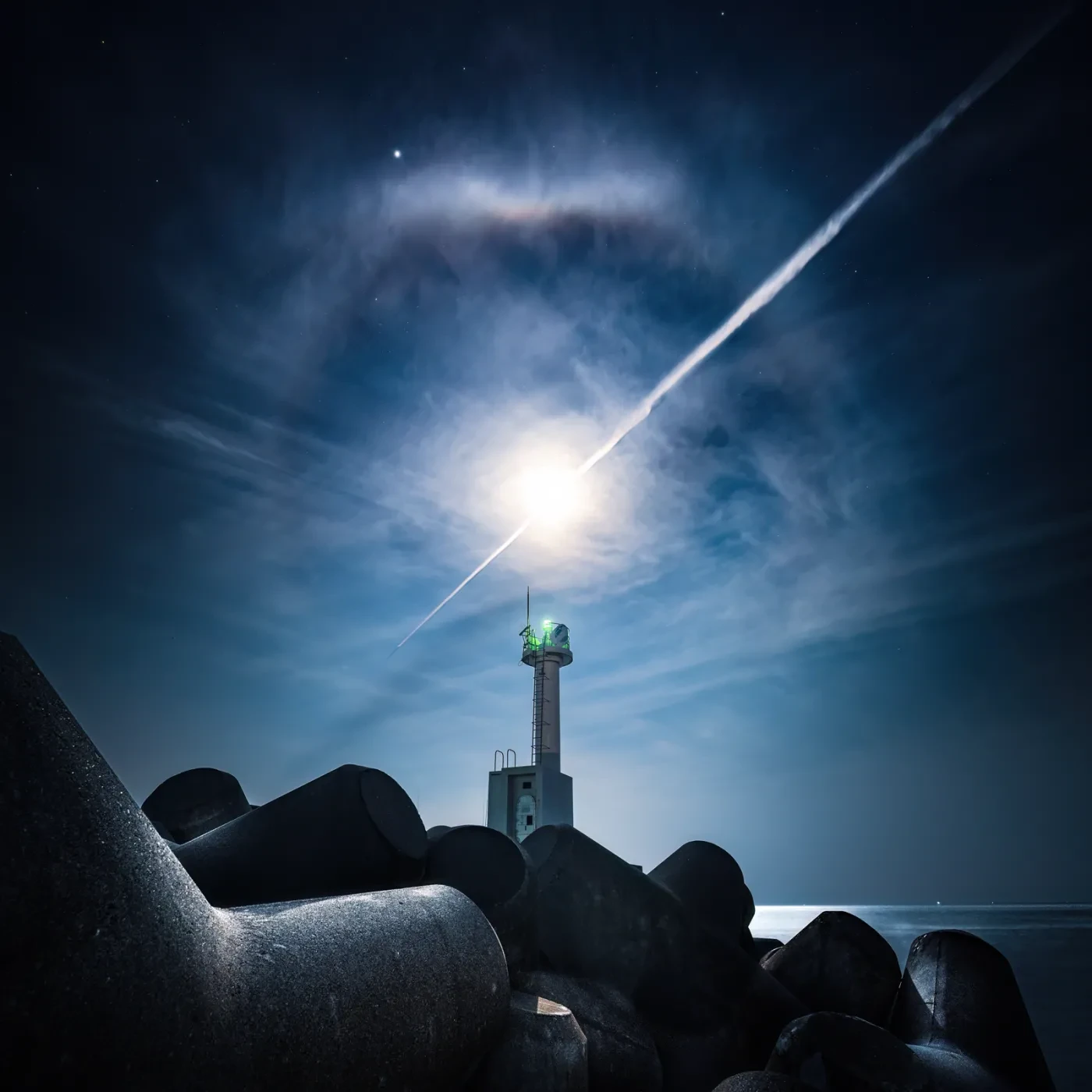
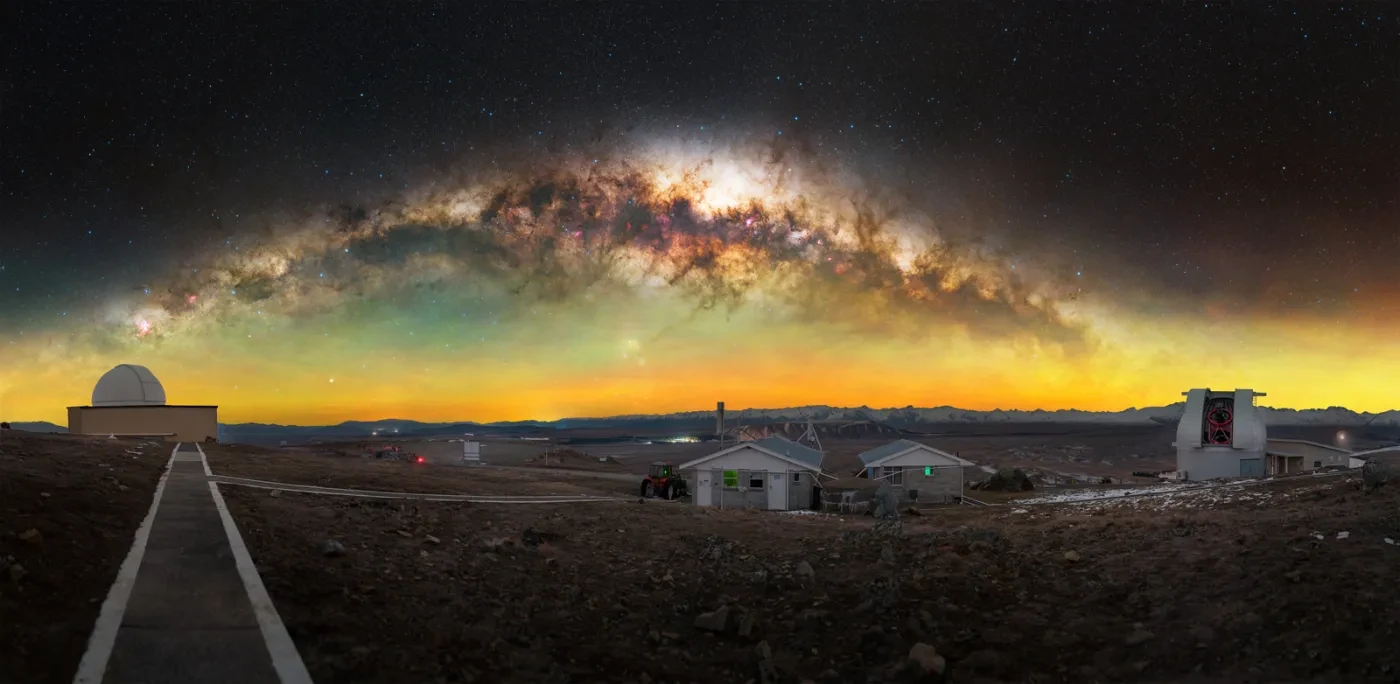
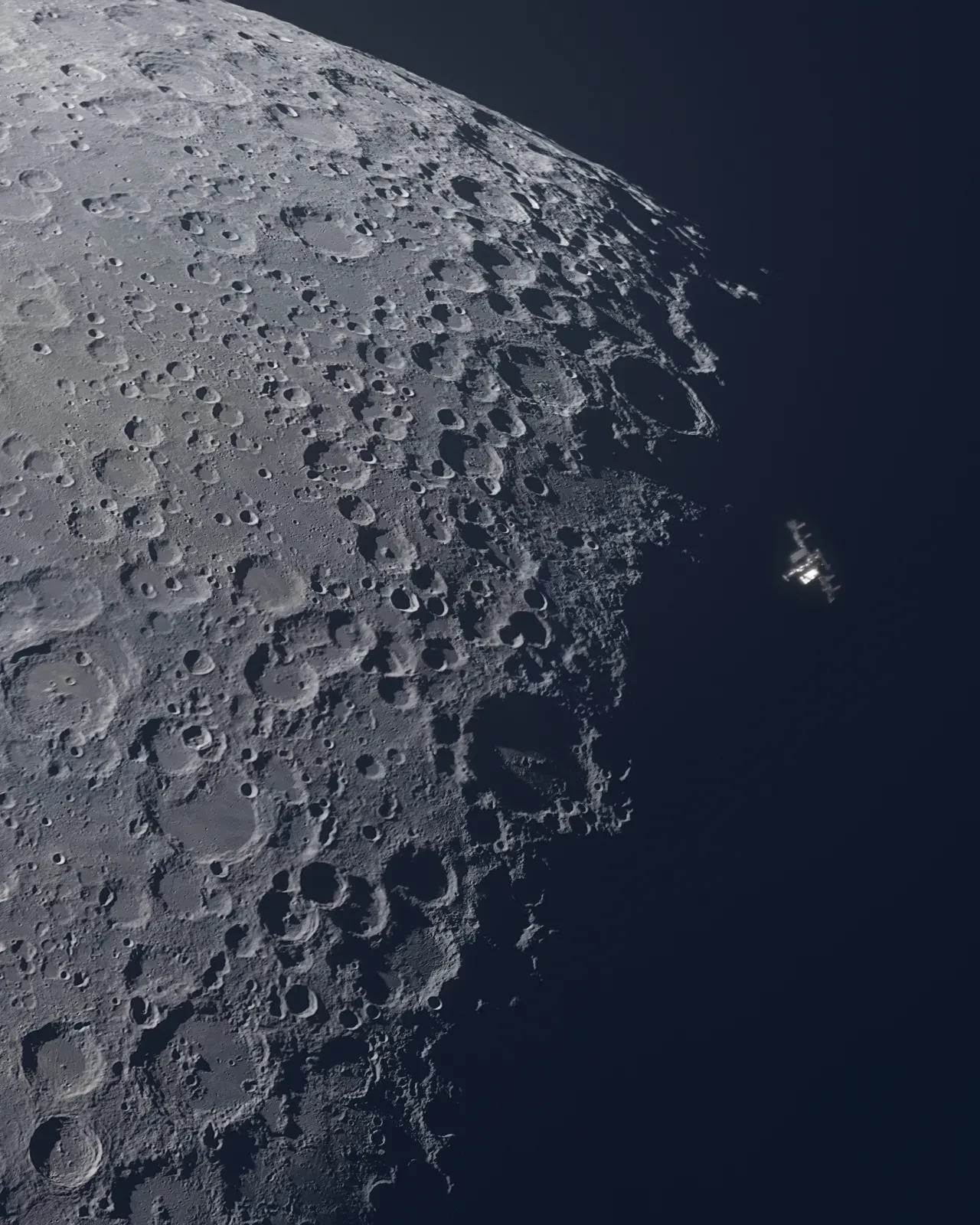

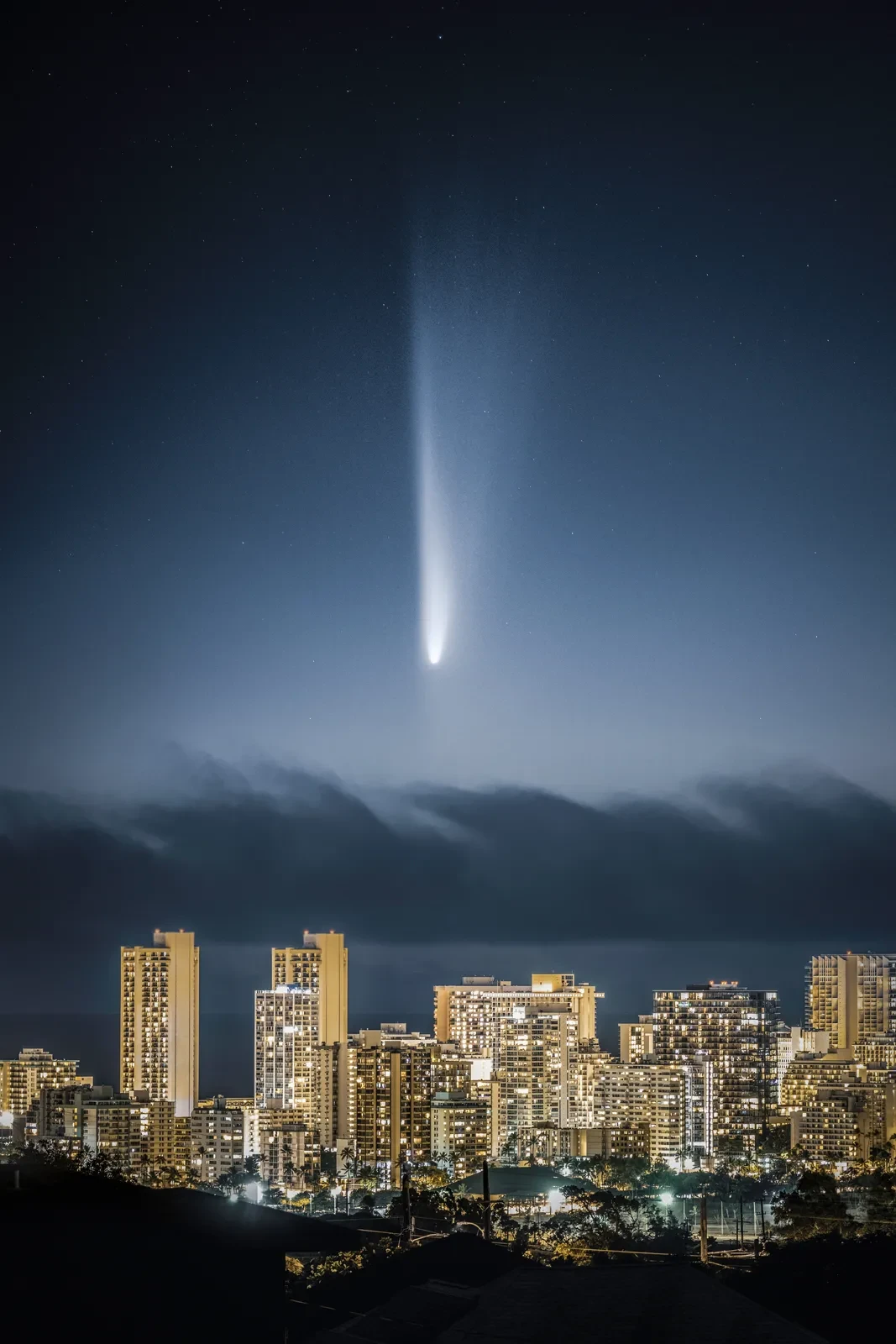
See the full shortlist
Browse the collection of award-winning astrophotography.
Never miss a shooting star
Sign up to our space newsletter for exclusive astronomy news, guides and events from Royal Museums Greenwich.
Our partners


